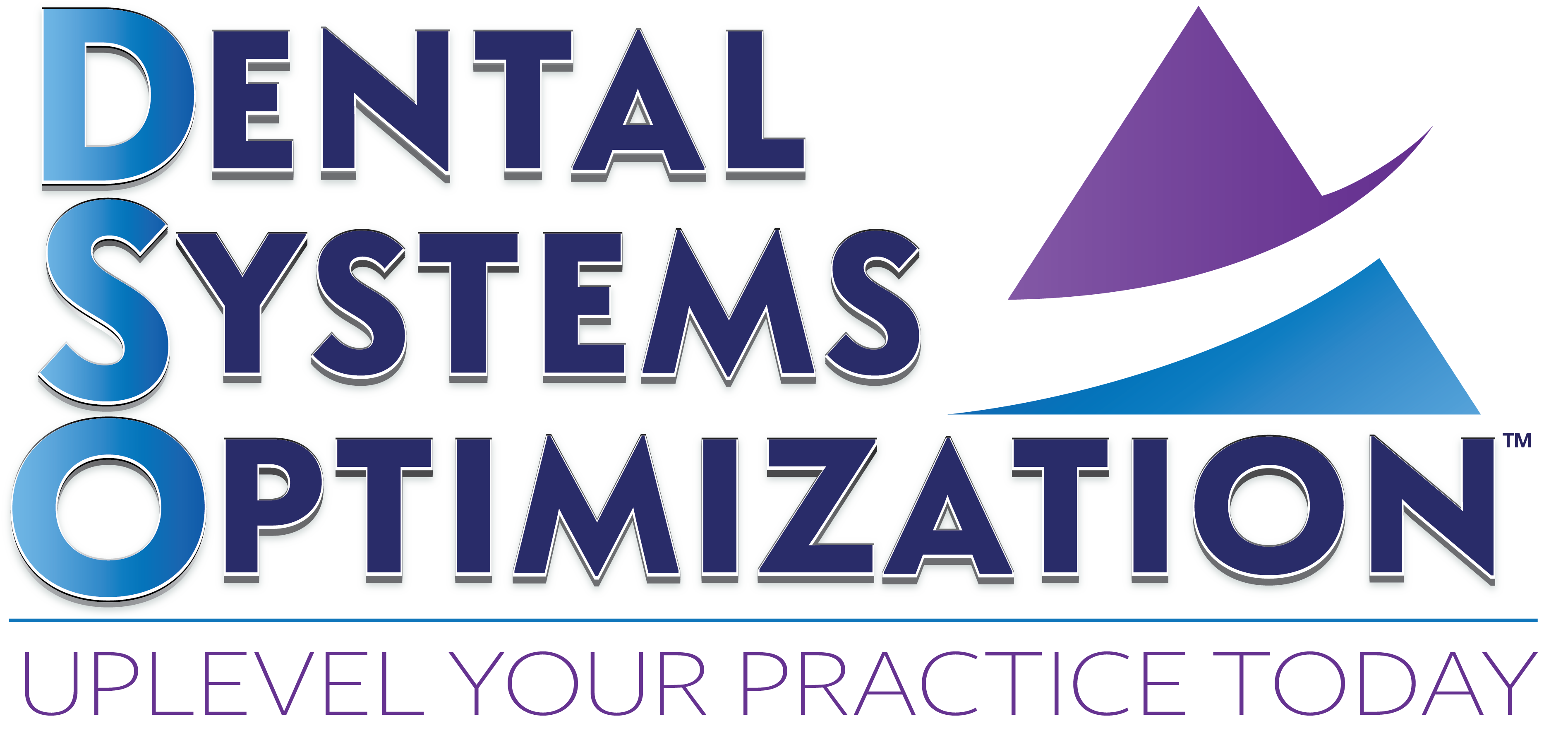While dentistry is a relatively safe profession, it is not free of all risk. One of the primary concerns facing oral health professionals is the presence and spread of dental aerosols in the office environment. This issue took on a special concern during the COVID-19 pandemic, as dental aerosols were a possible transmission vector for the virus. With research ongoing and many questions unanswered, the issue was further complicated when dental aerosols became a popular concern. This added to the misinformation and misunderstandings being spread about both dental aerosols and the COVID-19 virus itself. For both oral health care providers and their patients, it’s important to understand the actual risk of dental aerosols and the role they play in the healthcare environment.
To address the largest elephant in the room: dental aerosols are not likely to transmit the COVID-19 virus. The research has shown time and again that dental offices and clinics are among the safest environments vis a vis COVID-19, and that the risk of transmission is low as long as proper sterilization and protective procedures are being followed. Health care providers should reassure their staff and patients that the office is a safe place to be, and that they’re less likely to contract the virus there than in many other locations.
Dental aerosols are not a COVID-19 risk due to their very nature. The concerns about dental aerosols stem from the assumption that the aerosolized particles originate in the patient’s mouth and spread during various dental procedures as they become airborne. While dental aerosols are obviously a real thing and can spread a significant distance from the patient’s oral cavity and remain airborne for up to 20 minutes, their nature is a bit different than many seem to assume. Rather than originating with the patient, dental aerosols predominantly come from the irrigation used during dental procedures. The mechanism behind this is simple enough: dental irrigation dilutes the saliva in the mouth by somewhere between 20- and 200-fold. This effectively renders the question of aerosolization of saliva moot.
The question becomes the purity of the water and the cleanliness of the lines carrying it. This has in the past led to concerns about Legionella transmission among dental workers, should the water used be contaminated with it–although those concerns were shown to be largely unfounded. Microbes from irrigants accounted for 78% of those aerosolized, while microbes from saliva accounted for less than 1.2%, making it clear where actual risks of dental aerosols lie.
With all that having been said, it is important to reiterate to both staff and patients that the risk of dental aerosols is minimal, and that normal sterilization procedures and PPE are sufficient to keep everyone involved healthy. The end of the pandemic may be in sight, but concerns, fears, and misinformation still abound. Dentists have faced many challenges over the last 18 months, and it remains our job to educate the public as to the actual risks facing us and to keep reminding them that dental care is both necessary and safe.

